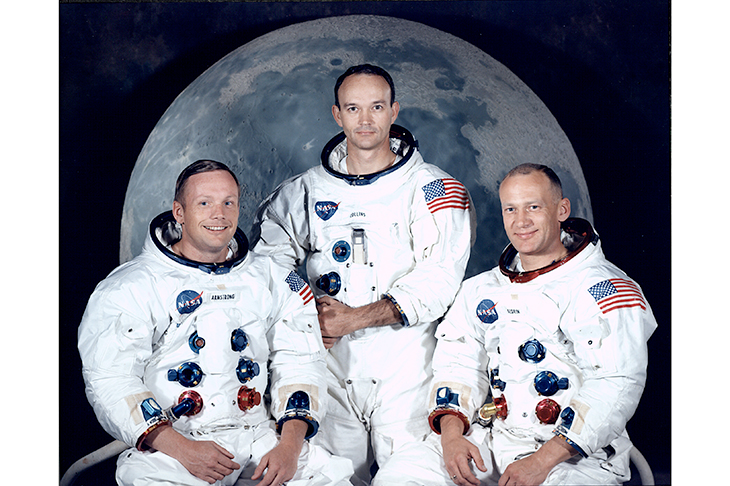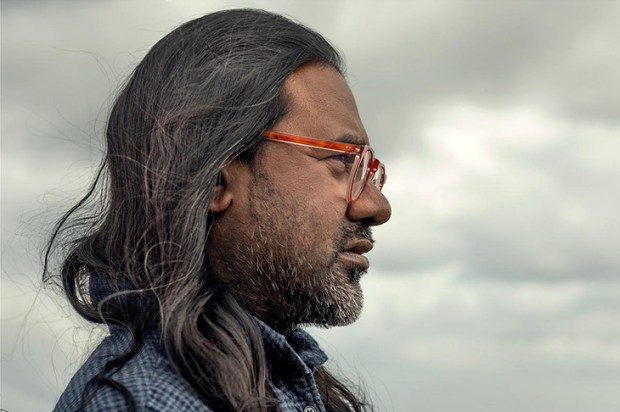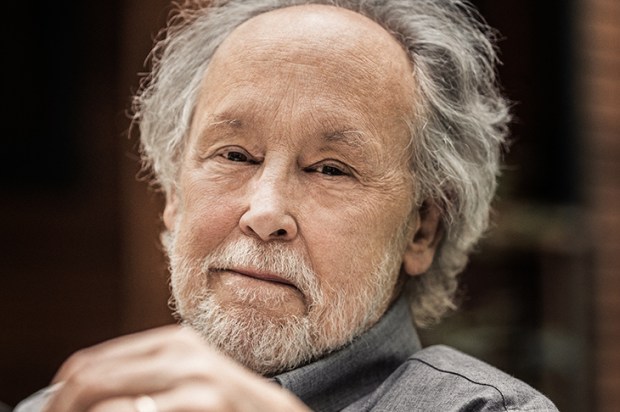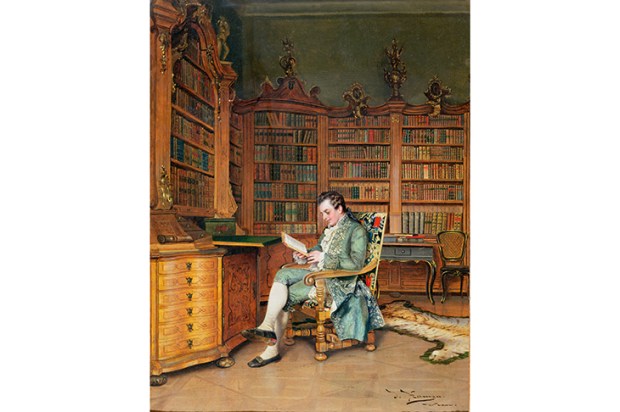Now that we are stupidly rendering Earth almost entirely uninhabitable by many species including our own (through overcrowding, failing political systems, chemical pollution and climate disorder), a few humans of means are looking forward to migrating soon to other planets, even though, as yet, there are no good hotels and restaurants there. Scientists, stimulated by international rivalry and their own ambitions during the past century, have put together the machines and propellants for interplanetary travel. Here are two excellent, microscopically detailed books about the most important individuals and organisations that achieved personkind’s first progress into space.
In Escape from Earth, Fraser MacDonald, who teaches historical geography at Edinburgh University, has raised a crucially influential American pioneer rocketeer from obscurity to the recognition he deserves. Frank J. Malina, born in Brenham, Texas in 1912, of Czechoslovakian immigrant parents, developed a rocket that was propelled at five times the speed of sound up to 224 miles in altitude, on which even more powerful, longer-range rockets were founded.
In 1938 Malina joined many of his Caltech (California Institute of Technology) scientific colleagues in the Ccommunist party, when it was apparently less a pro-Russian revolutionary conspiracy than a liberal-socialist extension of President Roosevelt’s New Deal. His earliest collaborator in experimental rocketry was one Jack Parsons, a self-taught expert in liquid and solid explosives, who eventually blew himself up (accidentally or deliberately?). A California newspaper identified him as ‘the high priest of a weird sex cult’.
Rocketeers have not always been taken seriously. However, Caltech’s Theodore von Karman, who claimed to be the greatest scientist in the world after Newton and Einstein, always encouraged Malina to proceed with his experiments. In the beginning, Malina liked to believe, he did so for peaceful purposes, such as meteorological observation and boosting aircraft for short take-offs. But when he needed cash for materials, he accepted a $3 million subsidy from US Army Ordnance, with concomitant compulsion and secrecy. As the stresses of the situation got him down, he submitted to a local psychotherapist, recommended as sympathetic to communists, but who, in fact, reported his patients’ politics to the FBI and Senator Joseph McCarthy’s infamous House Un-American Activities Committee. While Malina helped to satisfy the demands of the military establishment, he was constantly under surveillance as a possibly dangerous subversive.
Near the end of the second world war he visited London to study European progress in rocketry. The devastation caused by Germany’s supersonic V-2s appalled the man who had once said ‘I can’t get very enthusiastic over making rockets for murdering purposes.’ But he was required to do just that, immediately after the war, with the arrival in America of Wernher von Braun, the Nazis’ chief rocketeer. Hardly distinguishable from Dr Strangelove, von Braun was willing to play a leading role in the development of America’s nuclear weapons. As one of his compatriots put it: ‘We despise the French, we are mortally afraid of the Soviets, we do not believe the British can afford us, so that leaves the Americans.’
Malina, in spite of political antagonism, collaborated with von Braun during the Cold War. Together, they designed a multi-stage rocket called the BUMPER Wac Corporal. The obligingly chameleonic reformed Nazi provided the massive initial stage, which was dropped when its fuel was exhausted; the unencumbered smaller stages, conceived by Malina, climbed independently the rest of the way. Malina was relieved when he was able to get a job with Unesco in Paris. MacDonald’s access to Malina’s family archives and freedom of information FBI files adds intimate details to this scholarly and colourful work.
As the eleventh Apollo shot is now part of western folklore, and the 50th anniversary of man’s first landing on the Moon will be celebrated on 21 July, David Whitehouse’s masterly narration of what he calls ‘the inside story’ is profoundly gratifying. A former BBC science editor and correspondent, he provides implicit evidence that a nation can best undertake a leap of technological advancement when confronted with the threat of a major war.
In 1950, the Soviets were working on their own version of the V-2. Then, like the Americans, they were busy building intercontinental ballistic missiles, able to deliver atomic bombs. However, in 1957, attention was diverted even higher when a Sputnik, weighing less than 50 kilograms, was launched into orbit around the Earth. As Whitehouse points out, ‘the Space Age had begun’. President Eisenhower established the National Aeronautics and Space Administration (Nasa) the following year, briefed to send a man into space. But America was shocked again, in April 1961, when the Soviets launched Yuri Gagarin into Earth orbit.
President Kennedy responded immediately. In his State of the Union address in May that year he daringly committed the US to landing a man on the Moon by the end of the decade and bringing him safely back home. Whitehouse covers the technical history of 17 Apollo missions, from 1968 to 1972, and adds warmth by humanising the 29 astronauts involved, largely in their own words. The focus, of course, is on the crew of Apollo 11, Mike Collins, Buzz Aldrin and the commander, Neil Armstrong — the first man to set foot on the Moon, and so, as Whitehouse writes, ‘the most famous man on Earth’.
Kennedy died before the day of climactic success. But someone placed flowers on his grave in Arlington cemetery, and a note: ‘Mr President. The Eagle has landed.’
Got something to add? Join the discussion and comment below.
Get 10 issues for just $10
Subscribe to The Spectator Australia today for the next 10 magazine issues, plus full online access, for just $10.
You might disagree with half of it, but you’ll enjoy reading all of it. Try your first month for free, then just $2 a week for the remainder of your first year.














Comments
Don't miss out
Join the conversation with other Spectator Australia readers. Subscribe to leave a comment.
SUBSCRIBEAlready a subscriber? Log in